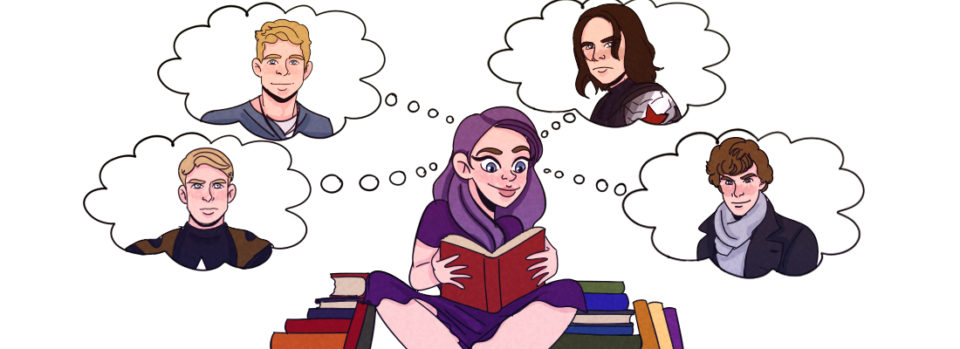Release Date Jan 29 2013
Crime reporter Nichelle Clarke’s days can flip from macabre to comical with a beep of her police scanner. Then an ordinary accident story turns extraordinary when evidence goes missing, a prosecutor vanishes, and a sexy Mafia boss shows up with the headline tip of a lifetime.
As Nichelle gets closer to the truth, her story gets more dangerous. Armed with a notebook, a hunch, and her favorite stilettos, Nichelle races to splash these shady dealings across the front page before this deadline becomes her last.
Jumping into a Genre I do not usually read I was given the chance to read Front Page Fatality from Net Gallery. LynDee Walker introduces us to a Lois Lane at heart Nichelle Clarke. She is a very go and get them kind of reporter and of course she does it in fashionable shoes. A girl after my own heart because what girl does not love her Jimmy’s and her Manolo’s? Nichelle like me however is also a deal seeker and gets her lovely shoes off ebay. You really do have to love a girl who can write and find a deal on shoes.
Nichelle soon finds herself up to her eye balls in trouble however as she stumbles upon the story of the year. The bad side of this is that she starts to suspect almost everyone around her of being in on the crime. The hunky sports guy who works with her at the paper Parker, her buddies at the Richmond PD Aaron and Mike and the Deputy Chief of Police. Although who ends up being at the center of what is going on will be a surprise and a swat in the face to most. I know it was to me.
LynDee Walker has truly written a fun, but exciting story. I could not pick out what the ending was going to be while reading, which to me is a good thing. There is nothing worse than reading a mystery and knowing the ending before your at the end. I am glad that this is marked as number one in the series because I will be reading the next one. I had a few issues with the formatting and a couple of spots in the plot to me just didn’t seem to fit with the rest. Otherwise this was a good one and not a bad one to have on your to read list.
My Gemstone Rating:



















